With the development of society, people on the wall design is more and more emphasis on the integration of environmental protection as a new generation of wall decoration materials, and continuously received by consumers, so today small series to introduce a wood and What are the differences between the aluminum alloy integrated wall surfaces ?
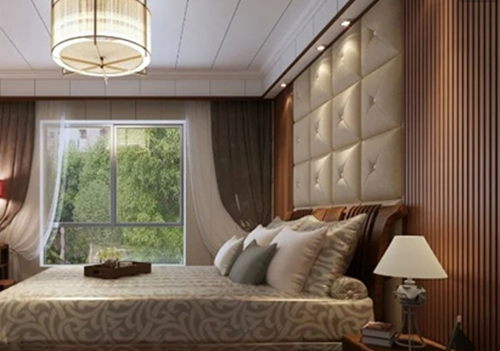
Wood-plastic and aluminum alloy integrated wall surface contrast
Aluminum alloy integrated wall
1. Heat insulation and heat insulation
After the inspection of the national thermal insulation performance, the indoor temperature of the installation room and the common plate installation is different by about 7 degrees, which is a difference of about 10 degrees compared to the paint. It is the material of choice for the hot summer in the south and the cold winter wall decoration in the north, and the aluminum alloy is integrated. The wall has unique thermal insulation properties that enable the product to completely solve the sun's rays on the balcony, the sun room and the top floor of the villa.
2. Fire prevention
The aluminum alloy integrated wall surface is tested by the national authoritative department, and the fire protection index reaches B1 level. It can meet the requirements of fire prevention, and it has strong rigidity and can be used on various types of walls.
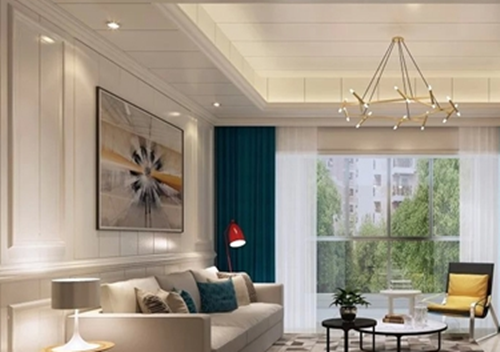
3. Waterproof and moistureproof
In the comparison of wood-plastic and aluminum alloy integrated wall surfaces , the aluminum alloy integrated wall surface has a special moisture-proof performance, which is suitable for use in the humid south.
4. The pattern is delicate and durable
The surface of the aluminum alloy integrated wall surface is mostly a method of using a roller coating. The surface coating of powder coating, film coating, and matte is more delicate and durable.
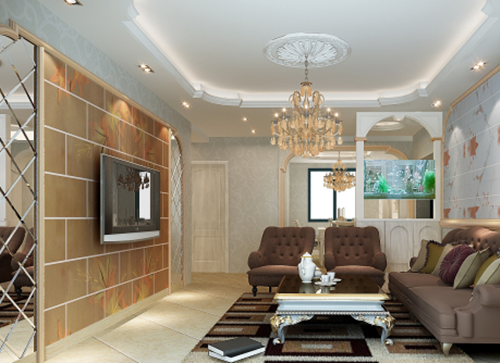
Wood-plastic integrated wall
1. The aging resistance is not enough
In the contrast of wood-plastic and aluminum alloy integrated wall surface , the wood-plastic integrated wall surface is more suitable for indoor use, because the wood-plastic integrated wall surface is easily decomposed under the irradiation of strong light, and the ozone-resistance, water resistance and weather resistance of the wood-plastic are Sex is not high, so it is less used outdoors, such products have limited life for outdoor use, poor heat resistance, and are prone to change.
Bad toughness
WPC's toughness is low, so when processing, processing equipment and processing molds need to be adjusted accordingly so that the transformation can meet the processing requirements.
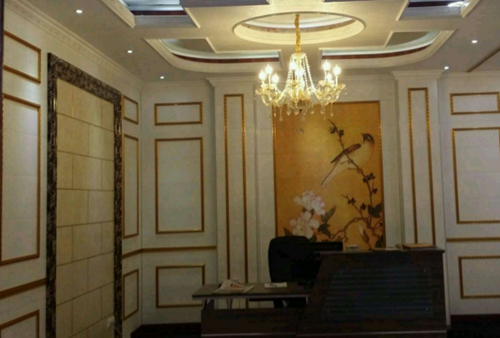
Poor thermal conductivity
In the comparison of wood-plastic and aluminum-alloy integrated wall surfaces, the thermal conductivity of the wood-plastic integrated wall surface is relatively poor, so that the effect of cooling and setting is difficult, and the water-cooling is often used to shape in the processing.
4. Poor surface adhesion
Wood flour has strong polarity and water absorption. Most thermoplastics have non-polar hydrophobic properties, and the compatibility between the two is poor, resulting in a decrease of the surface adhesive force.
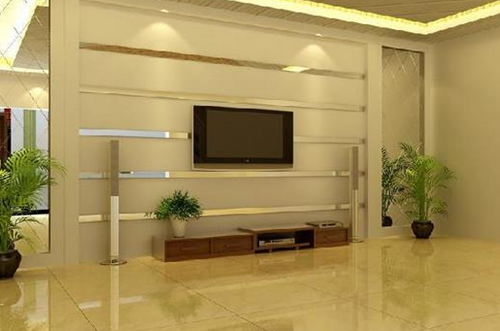
Xiao Bian summary: The above is a small series of wood and aluminum alloy for everyone to share the integrated wall surface and what are the differences between them, in the decoration process, the purchase of wall materials will directly affect the style of home improvement, hope that the above The introduction can help you. For more information, please continue to pay attention to this site.
Centrifugal Glass Wool Series,Centrifugal Glass Wool Pipe,Centrifugal Glass Wool Board,Centrifugal Glass Wool Felt
Zhengzhou Ou Nuo Building Materials Co., Ltd. , https://www.yuounuo.com
